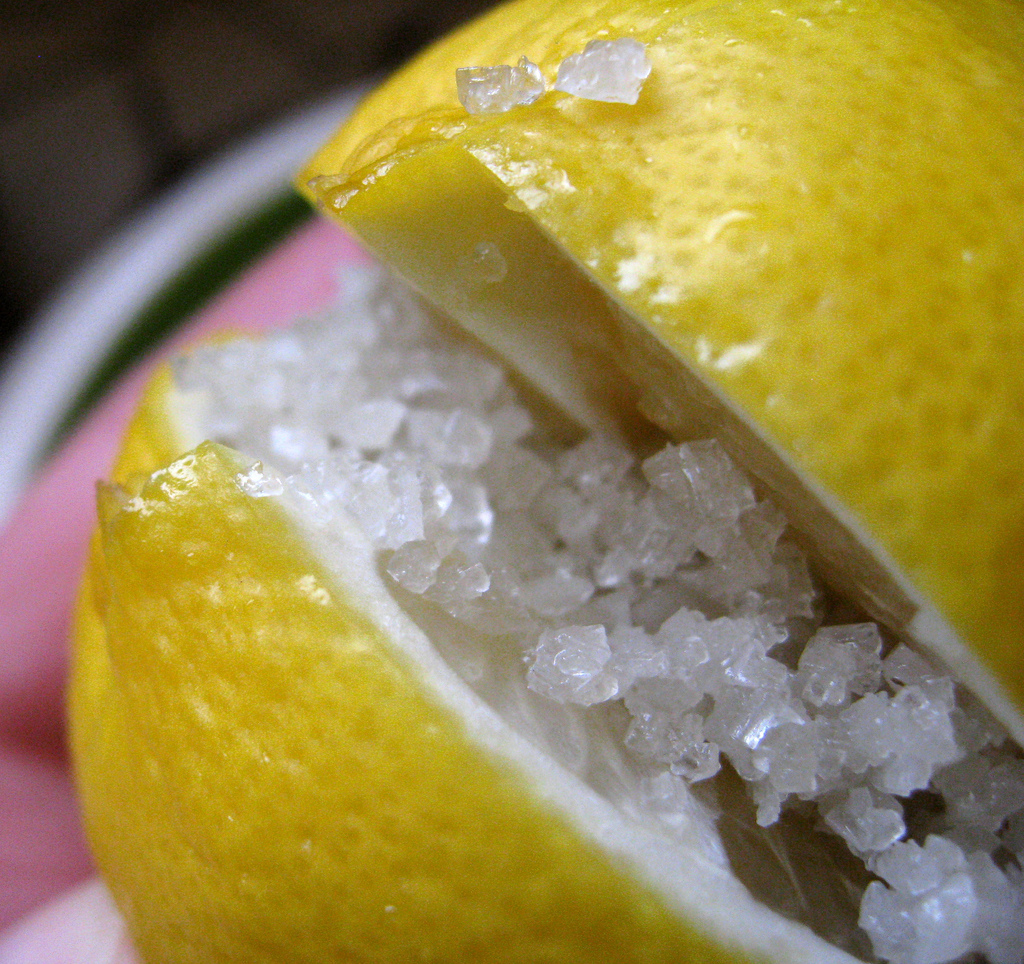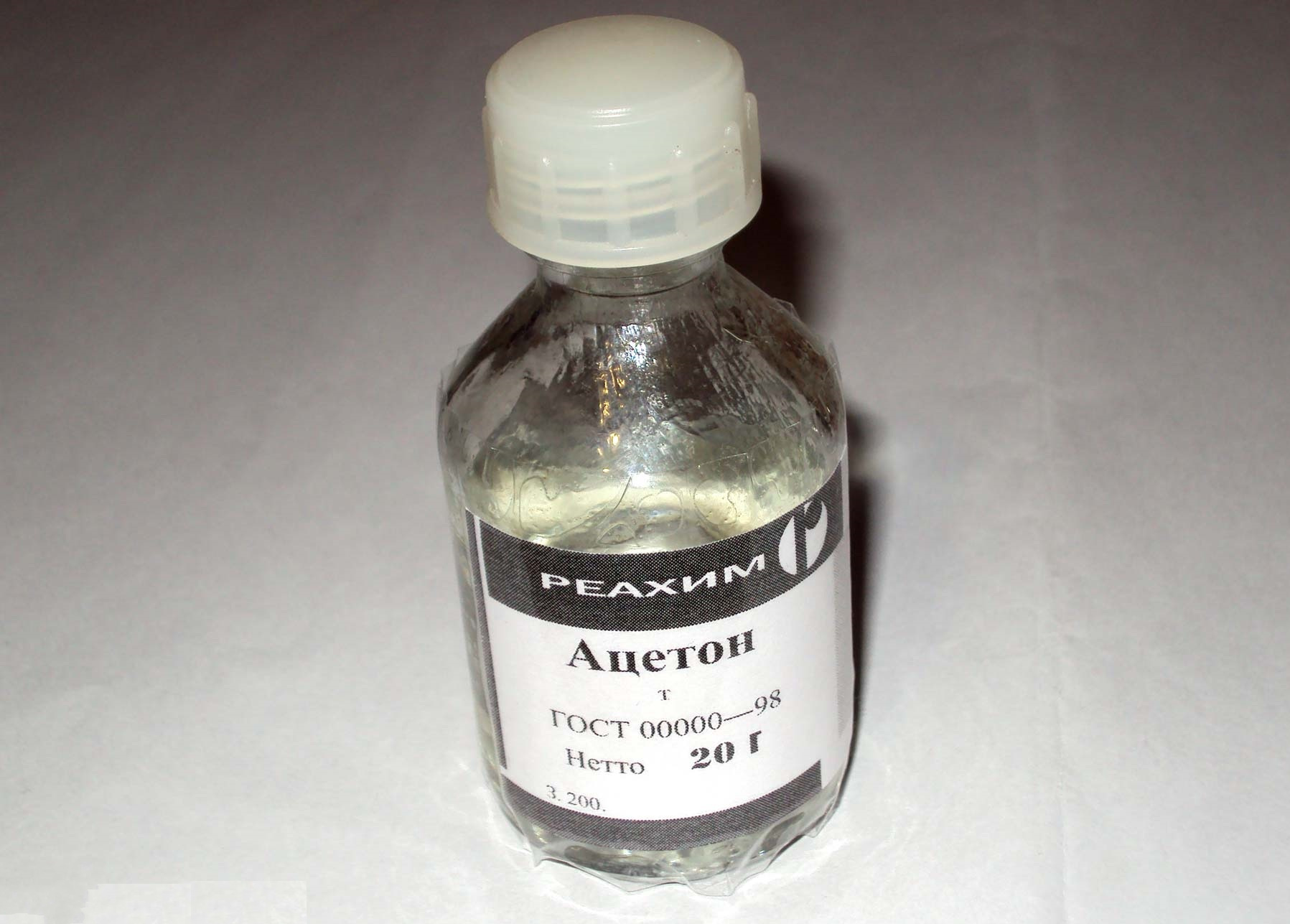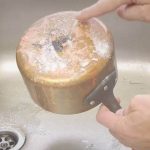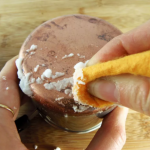Cleaning brass at home
Brass brings a warm, polished light to everyday objects, from switches and door knocks to plumbing fixtures, furniture and even kitchen utensils. A tough and corrosion-resistant metal, brass is a relatively inexpensive alloy made from zinc and copper. Due to its vibrant golden color, the material has long been a favorite material in home design. However, like any metal, brass can fade and become dull over time.

Fortunately, with just a little knowledge and a little effort, you can learn how to clean and keep brass clean for a long time. Many effective brass cleaners are already in your kitchen!
Note: The first thing you need to determine is whether the item you want to clean is actually copper. While it may look like solid brass, it can actually be brass plated steel, zinc, or cast iron. The easiest way to check? Place a small magnet on the metal. The magnets will not stick to solid brass. So if the magnet sticks, the part is copper plated.
Metal coated items can be cleaned with hot soapy water, but too aggressive rubbing or polishing can remove the copper plating, so proceed with caution. How can you clean brass at home?

How can you clean brass
There are many ways to clean solid brass. Your approach should depend on the level of dust, dirt, or deposits. Here are some tips and tricks.
Start with hot, soapy water and a microfiber cleaning pad. Wipe all surfaces thoroughly with a cleaning pad using a clean toothbrush to penetrate any crevices. Rinse with warm water and dry thoroughly.

Another option is to make equal parts salt, flour, and white vinegar. Apply the paste to the brass and let it sit for an hour. Rinse with warm water and pat dry.

An alternative natural cleaning combination is salt and lemon. Cut the lemon in half and remove the seeds. Brush the sliced half of the lemon with table salt and rub it over the brass surface, re-salt the lemon if necessary. Once you have covered the entire surface, put the glitter on with a clean, dry cloth. You can also make a paste using two parts tartar cream to one part lemon juice - rub the copper-based paste, let it sit for 30 minutes, rinse with warm water.

Commercial metal cleaners and polishes can also be effective for cleaning brass and are usually available in most shopping malls and supermarkets.
Mistakes to Remember Before Cleaning Brass
There are a few exceptions you should be aware of when it comes to polishing and cleaning brass:
Avoid using highly abrasive cleaning cloths, wire brushes or steel wool; they will scratch the surface of the brass.

To prevent tarnishing, you can apply a thin coat of linseed oil or mineral oil to clean brass with a soft terry towel.
Many brass items are lacquered and should only be cleaned with hot soapy water. If this type of part is severely tarnished, you will need to remove the varnish with a paint or varnish remover, clean and polish the brass using one of the methods above, and then re-varnish the part.

You should avoid touching your copper objects as much as possible; sebum can accelerate the tarnishing.
Regular cleaning and polishing with a microfiber cloth will help prevent dust and dirt build-up and keep your brass items nice and shiny.
Wondering how to clean a bronze chandelier at home? You can choose a suitable method from the options presented below.
Acetone
Use acetone, commonly known as nail polish remover, to clean brass. Wearing rubber gloves, gently rub the brass with acetone using a cotton ball. Gentle rubbing will remove varnish and dirt. For unusual shapes, use an old toothbrush. Be sure to first get permission from the owner of the toothbrush and return it to the cleaning drawer, not the bathroom.

An alternative to acetone is ammonia. Be careful when handling ammonia in a well-ventilated area, as the vapors can be very unpleasant and hazardous to your health. You can also use vinegar mixed with equal parts water, cigarette ash on half a lemon, ketchup, cola, or a mixture of toothpaste. Whichever method is used, be sure to rinse it in warm soapy water afterwards to remove all traces of the cleaning agent (both from the object and from the person).

Oxalic acid
For cleaning brass, products that contain oxalic acid are excellent. To use it, apply the product to the item and leave it on for 5 minutes. After that, rinse the darkened area under running water.

Toothpaste
Choose any toothpaste, but preferably not a 100% gel. First wash the brass piece with soap and dry with a paper towel. Then, squeeze some toothpaste onto a small piece of soft cloth. Polish brass rubs toothpaste over the entire surface of the product. When done, clean and dry with a piece of paper towel or soft cloth.

Soap solution
If you don’t need to remove dirt, or after you have removed it, you can wash the product in the sink using cool water and liquid soap. Do not use harsh soaps as they can tear off the top layer of the brass and cause it to lose shape. Apply the soap with a soft toothbrush or cloth. Rub the item until clean, rinse and dry.

Soap or Mild Detergent: If your brass item is dusty or dirty and not tarnished, it can be immersed in warm soapy water and cleaned with a soft cloth. Use a toothbrush to gently scrub extra dirty areas.
Salt
- Vinegar, salt and flour: These versatile homemade scrubs can be combined to create a paste for cleansing tarnished brass. Dissolve 1 teaspoon of salt in half a cup of vinegar and add flour until mixture becomes a paste. Rub into copper, leave for 10 minutes, then rinse with warm water and dry.
- Water: Heat a quart of water and add 2 tablespoons of salt and white vinegar to each to create another tarnished brass polish. Rub the mixture into brass, then dry with a clean cloth.

Acetic and citric acid
A cleaner for brass made from citric acid or vinegar.
You can find acid inexpensively at any health food store, as well as some pharmacies, agricultural stores, and more.

Citric acid powder is mixed with 2 teaspoons with a liter of water, and vinegar in a proportion of 3 tablespoons per liter of water. The exact concentration doesn't really matter. High concentrations are not needed.

- To use, pour enough boiling water into a large glass (or non-metallic) bowl to cover the dirty copper.
- Add acid and stir quickly with a non-metallic spoon.
- Then pour the contaminants into place and stir or shake the container for a few seconds. You will find that dirt and plaque is removed almost instantly. It usually only takes a few seconds or so. Everything is ready - you do not need to soak the thing in the solution for a long time. The brass will look almost new, cleaned inside and out.
- Rinse brass with clean hot water and set aside to dry. After drying, brass products treated with this solution can also be polished. To use the solution later, simply heat it up.

The advantage of citric acid is that it does not penetrate or damage brass like ammonia-based brass cleaners, and it works even faster. In addition, citric acid passivates brass, which means that after being washed in a hot solution, the brass is actually more resistant to corrosion. If you store copper for a long time, this is a great solution.
How to clean properly
- Determine if the brass has been lacquered. There is a surprisingly simple way to determine the varnish-related condition of your brass: if the brass is already tarnished, it may not have been varnished.
- Determine if the object is brass or simply brass-plated. The way to tell if something is completely copper is very simple: place a magnet on it. If it doesn't stick, then it is copper. If it sticks, then it is only covered with copper. If the item is just copper-plated, all you really need to clean is warm water and soap. Polishing is not required for objects that are only covered with brass and, in fact, can actually scratch the finish. This is why it is important to determine if brass is just plating before embarking on any copper refining project.
- Carry out cleaning using the methods described above. Rinse the item under running water and wipe dry.
What can not be cleaned
The main condition for cleaning copper: do not use objects that can scratch or damage its surface. Not recommended:
- Use coarse abrasives.
- Use citric acid often as it can damage the surface.
- Use tough materials.

Video: cleaning brass at home













